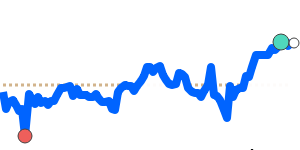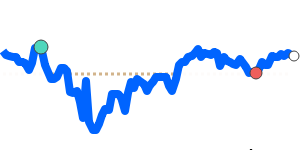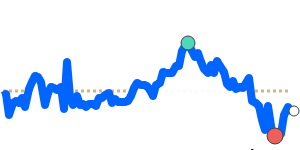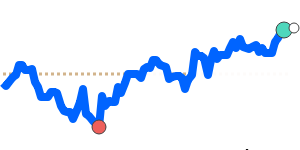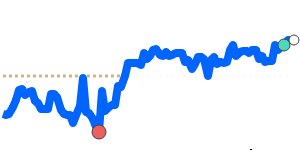The Mexican peso (MXN) is currently experiencing a stable trading environment, with a recent Reuters poll projecting that it will remain within its historical range of 16.00–22.00 per U.S. dollar throughout 2026. The forecast indicates a slight depreciation to approximately 18.92 as the year progresses.
The peso's outlook is significantly influenced by Mexico's monetary policy. The central bank, Banxico, is in an easing cycle, reducing interest rates to 7.75% by the end of 2025. This contrasts with the U.S. Federal Reserve's more cautious stance, which could narrow the interest rate differential and potentially enhance the peso's attractiveness to investors.
Trade relations have been strained, especially with the imposition of 25% tariffs by the U.S. on key Mexican exports such as steel, aluminum, and automobiles, which raises production costs and poses challenges for Mexico's export-driven economy. Additionally, a recent suspension of livestock imports due to health concerns introduces further trade uncertainties.
Despite these headwinds, the trend of nearshoring—where U.S. companies relocate production to Mexico—remains a bright spot, fueling demand for the peso. Foreign direct investment has surged, surpassing $26 billion in the first half of 2025, with significant capital flowing into the automotive, energy, and technology sectors.
In terms of exchange rates, the MXN to USD is currently at 90-day highs near 0.054846, reflecting a 1.1% increase over its three-month average. The peso to EUR exchange rate stands at 0.047097, also 1.0% above the three-month average, while the MXN to GBP has seen similar gains, trading at 0.041156. Notably, the MXN to JPY has been more volatile, currently trading at 8.5074, which is 3.2% above its three-month average.
Overall, while the peso faces significant challenges, particularly related to tariffs and trade relations, the ongoing FDI trend and stable exchange rate forecast may provide a buffer against sharp declines, making it an essential currency to monitor for both individuals and businesses engaged in international transactions.
